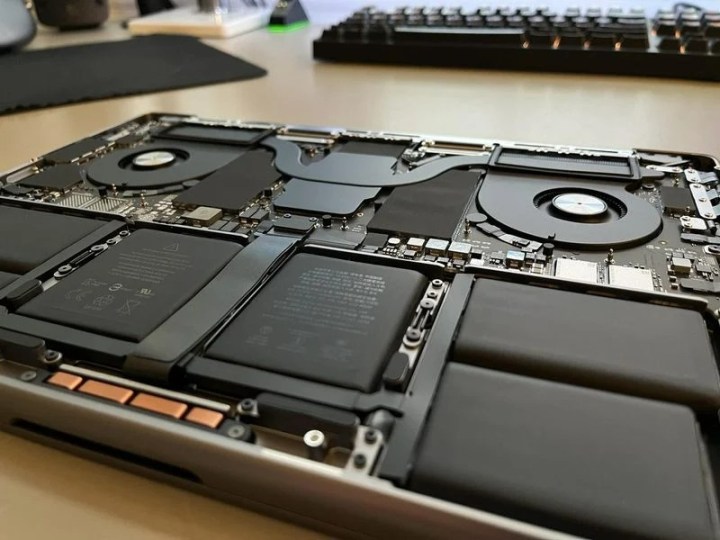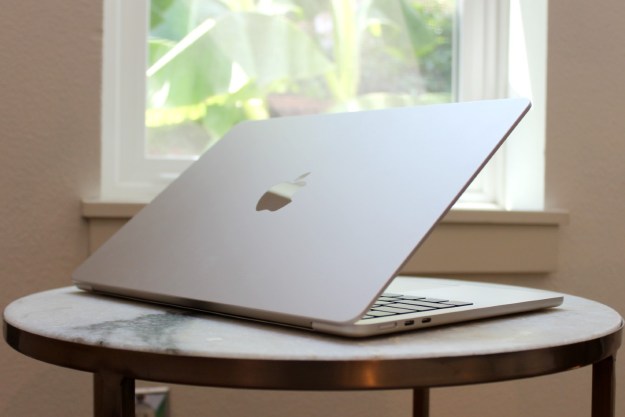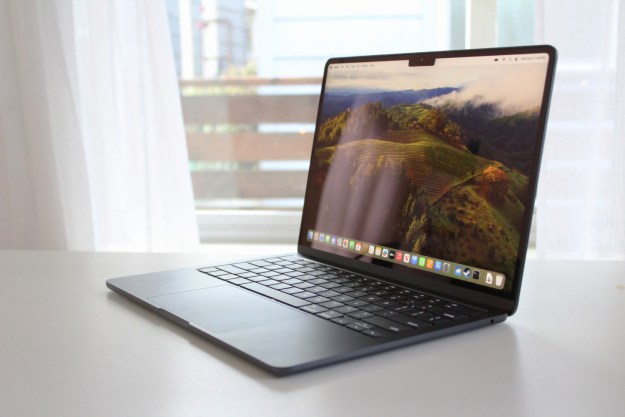Modern Macs’ lack of repairability has become downright notorious. But Apple has slowly begun to change in its tune, most recently announcing a self-service repair program that will finally allow customers to repair their own Macs (and iPhones, too).
In what marks the first time the tech giant has offered such a service, Apple confirmed it will begin selling parts and tools to consumers who wish to perform repairs themselves on certain iPhone models, as well as Macs powered by the company’s M1 chips.

The self-service repair scheme will become available early next year in the U.S., with a further expansion that covers other countries scheduled throughout 2022. It’ll first be rolled out for the iPhone 12 and iPhone 13 series, while the initiative will cover M1-powered Mac computers “soon” after.
Those interested in performing their own repairs will initially receive access to a repair manual, after which they’ll be able to purchase parts via Apple’s self-service repair online store. Once you’ve fixed your Mac, Apple will offer customers who return the used parts for recycling purposes credit toward their purchase.
It’s certainly welcoming news, particularly for Mac users. For years, Apple has opted to glue batteries into the MacBook. However, the 2021 MacBook Pro model, which features the new M1 Pro and M1 Max chips, put an end to that practice. As seen on the iPhone, a pull tab can now be utilized; the feature finally offers users a straightforward method in replacing the battery.
An additional improvement saw the latest MacBook Pro’s ports, which includes the MagSafe component, becoming “modular and easy to replace.” However, one aspect that Apple’s new service won’t have an impact on is the black keyboard deck due to it remaining as a part of the unibody, essentially leaving no option for a simple replacement procedure. In 2018, a class-action lawsuit pertaining to MacBook Pro keyboard issues was filed against Apple.

Considering the engineering changes, it wouldn’t be far-fetched to believe that Apple always envisioned a self-service program when developing the product. The decision could most likely be attributed to the intense pressure Apple has faced for years from the self-repair movement.
In any case, the company stressed that the repair option should only be used by those who possess the necessary skill and experience to repair electronic devices. Apple added that for those who don’t have the required knowledge in mending a Mac without the assistance of professionals, visiting a repair provider with certified technicians who only use genuine parts is “the safest and most reliable way” in getting a device fixed.
Apple has been continually criticized for establishing a highly lucrative monopoly on the repair process for its products. Prior to today’s announcement, options consumers could choose between were technicians who relied on parts from suppliers not certified by Apple, or paying — in many cases — hundreds of dollars at official Apple stores. Even independent repair outlets that sought approval are subjected to surprise inspections and the risk of substantial fines.
In some instances, the cost to repair a device via an Apple store would reach a price point so high that it would make more sense to just buy a new Mac or iPhone.
Apart from the obvious benefits that will come to fruition for consumers, the upcoming repairability service will also impact the environment. Now that certain devices can be sustained for longer as opposed to throwing them away, e-waste levels will naturally be reduced.
Editors' Recommendations
- The XPS 16 is fighting an uphill battle against the MacBook Pro
- MacBook Pro 16 vs. MacBook Pro 14: The important differences
- The biggest threat to the MacBook this year might come from Apple itself
- Why you should buy a MacBook Pro instead of a MacBook Air
- Here’s more confirmation that 2024 will be a slow year for Macs




